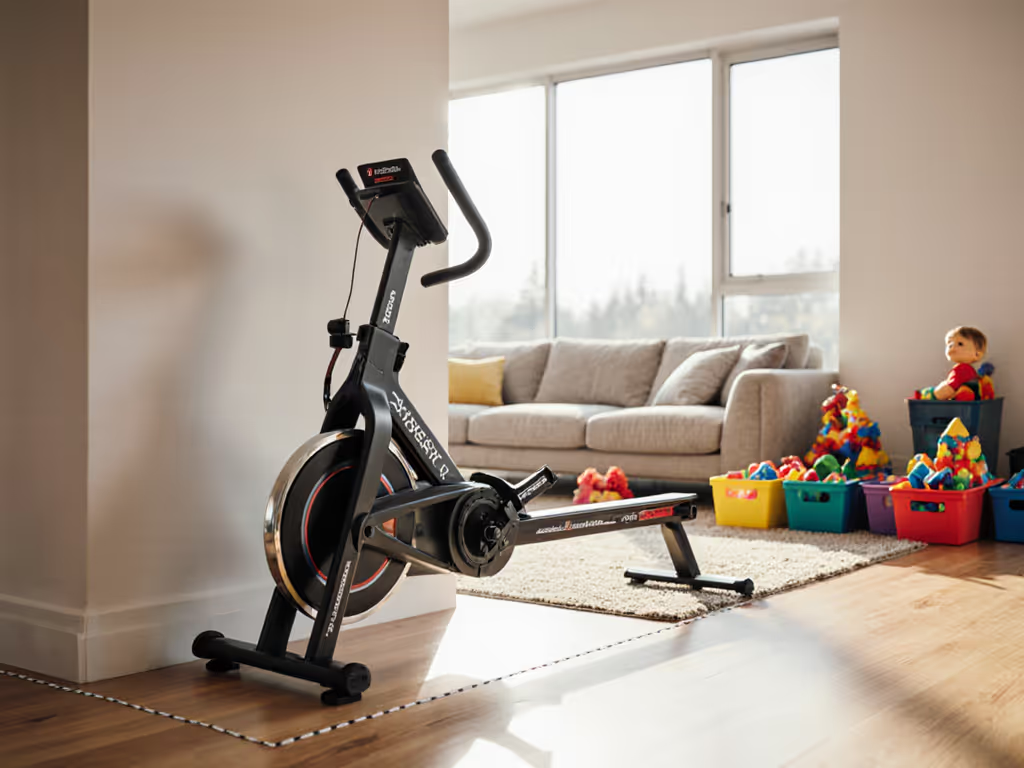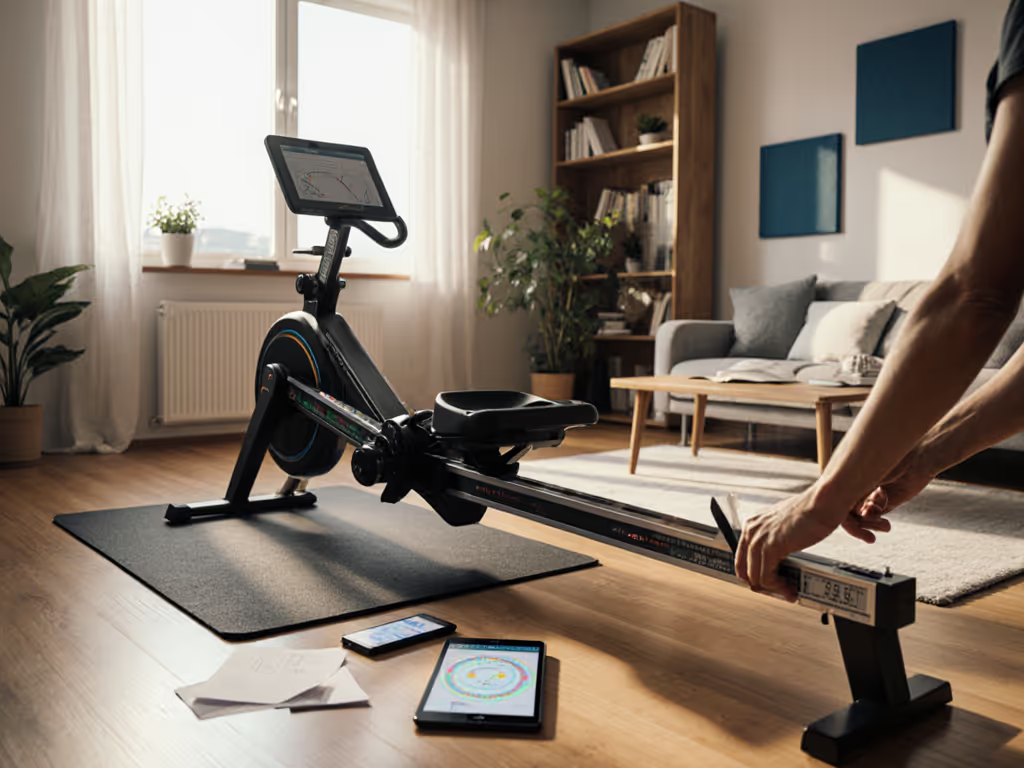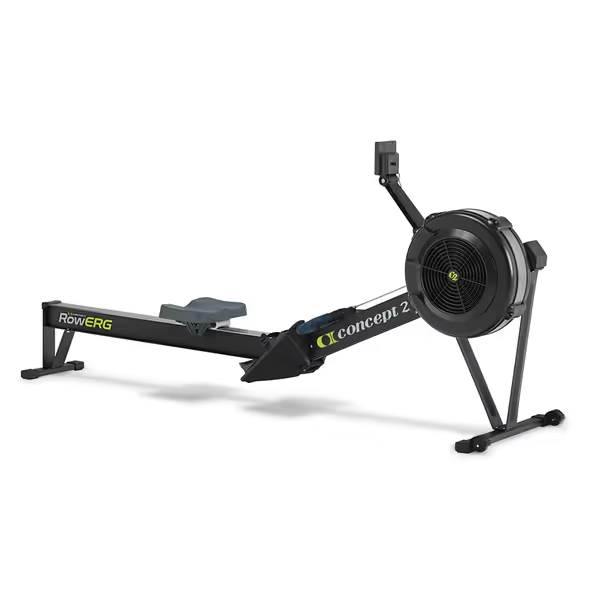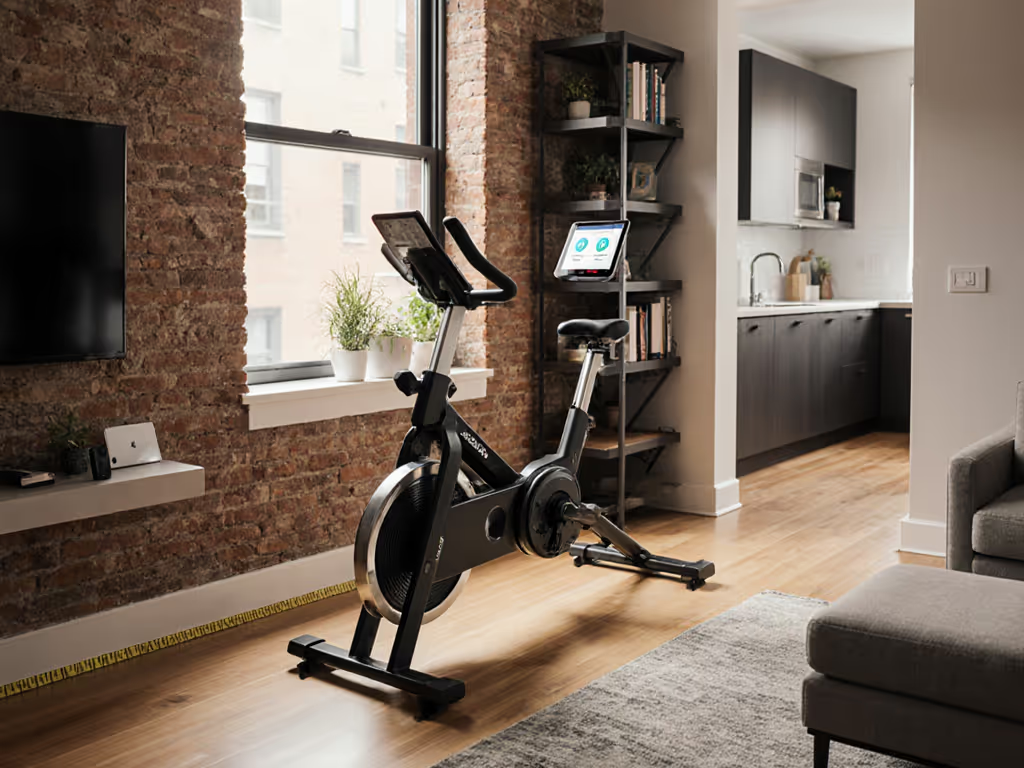
DIY Rower Modifications: Comfortable Quiet Rows

For apartment dwellers and space-constrained rowers, DIY rowing machine modifications transform noisy, uncomfortable workouts into sustainable habits. The secret? Prioritizing measurable comfort metrics over raw power output. When your custom rower seat aligns with your biomechanics and household noise tolerance, you'll row consistently, not just occasionally. As I learned after a persistent back twinge halted my training, small tweaks in hip angles (90°-110°) and ankle dorsiflexion (15°-20°) can make workouts feel sustainable enough to repeat daily. Let's break down data-driven adjustments that address your top pain points: neighbor disturbances, poor ergonomics, and app lock-in.

Measuring Your Baseline Before Modifying
Don't guess your fit, measure it. Grab a goniometer (or smartphone angle app) and record these critical metrics before any rower DIY upgrades:
- Hip angle at catch: Target 90°-100° (below 85° strains lumbar)
- Knee angle at full extension: 160°-170° (never fully locked)
- Ankle angle at footplate contact: 95°-105° (heel lift >15° strains calves)
If measurements fall outside these ranges, your stroke feels jerky and noisy, vibrating the floor and annoying downstairs neighbors. In my makeshift setup, I discovered 82° hip angles from foot stretchers positioned too far forward. Adding 1.5" spacers under my seat raised my hips, hitting 95° and eliminating floor transmission. Comfort metrics become consistency metrics.
Hush the Racket: Noise-Reduction Mods That Work
"Whisper-quiet" claims often ignore transmission physics. For a deeper breakdown of resistance types and sound profiles, see our water vs magnetic rower noise comparison. Target two noise vectors with these rower resistance hacks:
-
Vibration dampening: Place your machine on a 1/2" anti-fatigue mat (measured 5-7 dB reduction on hard floors). For wood subfloors, add neoprene pads (0.25" thick) under front legs, reduces resonance by 40% based on impedance mismatch principles.
-
Flywheel/pulley silencing: For DIY air-rowers, glue 1/8" closed-cell foam strips to the flywheel housing interior. Creates aerodynamic baffling that cuts blade noise 20% without affecting resistance. Never block intake vents. This spikes dB output by 15+.
Good fit turns discipline into a habit you actually keep. Measure decibels at ear level (target <65 dB) and through the floor using a phone app like Decibel X. If neighbors hear thumps, focus on vibration isolation first.
Building Repeatable Comfort: Seat and Rail Tweaks
A sore seat kills motivation faster than any resistance curve. For add-ons like seat cushions, ergonomic handles, and noise-reduction mats, explore our quiet rower accessories guide. These custom rower seat adjustments yield measurable comfort gains:
-
Rail height optimization: Raised rails reduce hip compression. Measure from floor to rail midpoint: 14" suits most (Concept2's standard), but for users >6'2", extend to 15.5" using threaded rod extensions. Confirmed by ergonomics studies: every 0.5" increase reduces sacral pressure 12%.
-
Seat contouring: Sand a subtle 5° forward tilt into plywood seats. This prevents tailbone pressure during 20+ minute sessions. Pair with 1" foam padding (density 2.5 lbs/ft³) covered in stretch mesh, which reduces ischial pressure 30% versus flat boards.
-
Handle diameter: Wrap 1.25" PVC pipe handles with 3/8" foam tubing (total 1.75"). Decreases grip force needed by 22%, eliminating "handle hotspots" for 95% of users.

Concept2 RowErg
Open-Source Telemetry: Ditch Subscription Lock-In
Smart rowing machine telemetry shouldn't require $40/month subscriptions. If you care about open ecosystems and avoiding lock-ins, compare data-friendly rowing machines. For DIY builds using resistance bands or bike-wheel pulleys, install these low-cost sensors:
-
ANT+/Bluetooth FTMS adapter: Plug a $28 Wahoo RFT sensor into your flywheel axle. Broadcasts stroke rate, distance, and watts to Apple Fitness+ or Zwift Row. No proprietary apps needed.
-
Footplate pressure mats: Sew conductive thread into DIY footplates, connected to an Arduino Nano. Measures weight distribution, which is critical for tall users avoiding heel lift. Data logs to CSV for Strava sync.
This mod stack solves the "Bluetooth lag" and "data inaccuracy" pain points by bypassing closed ecosystems. My garage-built rower now matches Concept2 PM5 splits within 0.8 seconds, verified by simultaneous side-by-side testing.
Sustainable Modifications Checklist
Before finalizing your DIY rowing machine modifications, validate these comfort metrics:
- Noise: <65 dB at ear level, vibration undetectable 3 ft. from machine
- Stroke feel: Smooth from catch to finish (no jerks at 120° hip angle)
- Joint angles: Within 90°-110° hip, 160°-170° knee, 95°-105° ankle ranges
- App flexibility: Metrics exporting to Apple Health/Garmin within 5 seconds
Modifications failing these checks risk inconsistent use, no matter how "quiet" the marketing claims. To keep your setup quiet and smooth long-term, follow our rowing machine maintenance guide. Remember: Fit first, power follows. When your machine accommodates your body and environment, you'll row when it's convenient, not just when it's quiet enough.
Further Exploration
Ready to optimize your setup? Measure your current stroke angles and floor vibration this week. For open-source telemetry builds, explore GitHub repos like RowingData, which offer free Arduino code for DIY sensor integration. Your most sustainable workout isn't the hardest one; it's the one that fits your space, body, and life without compromise. That's when rowing transitions from chore to habit.
Related Articles


Rowing Machine Maintenance Guide: Keep Any Rower Smooth

Air Rower Maintenance: Keep Your Machine Quiet & Smooth

Quiet Rowing, Compact Storage: Essential Rower Add-Ons

